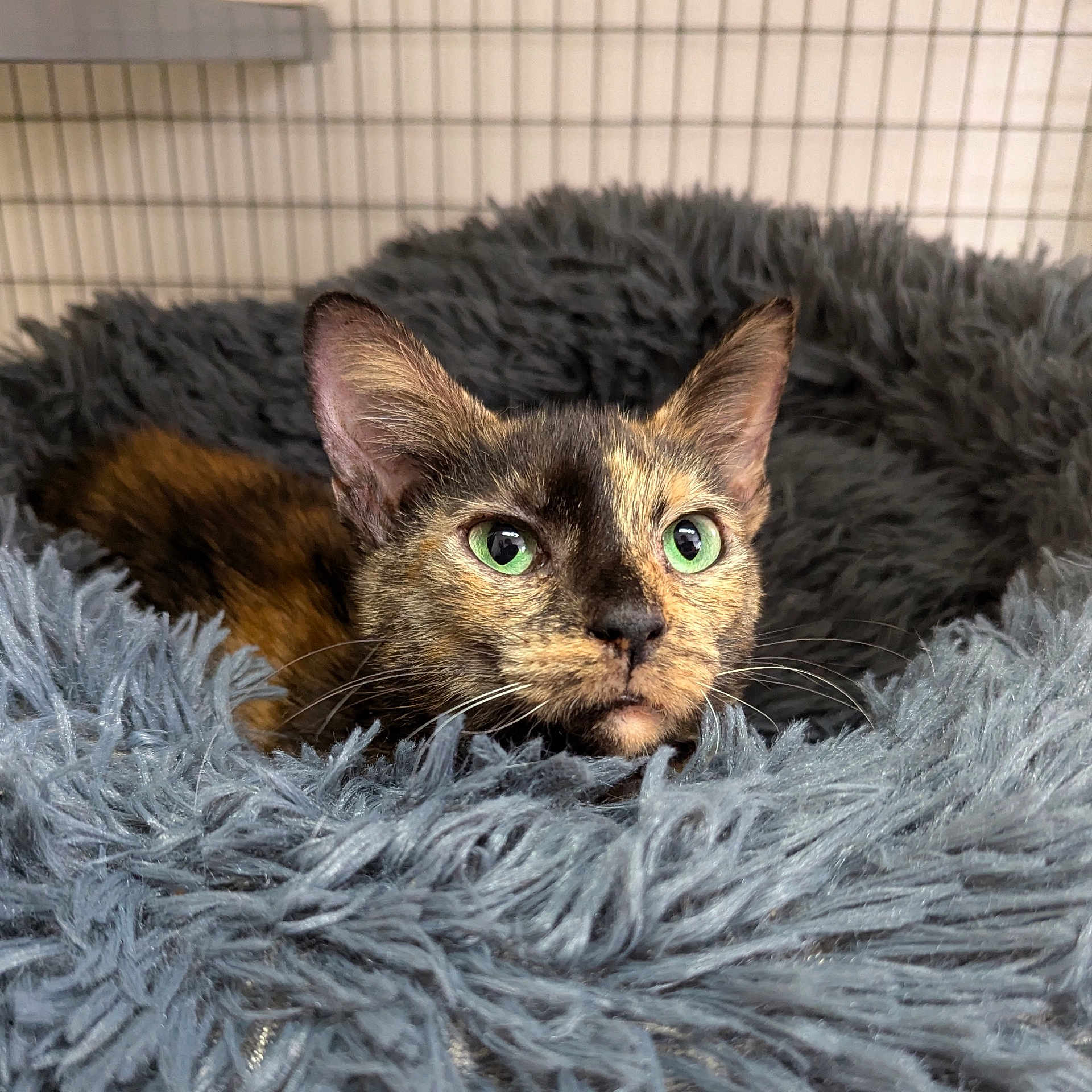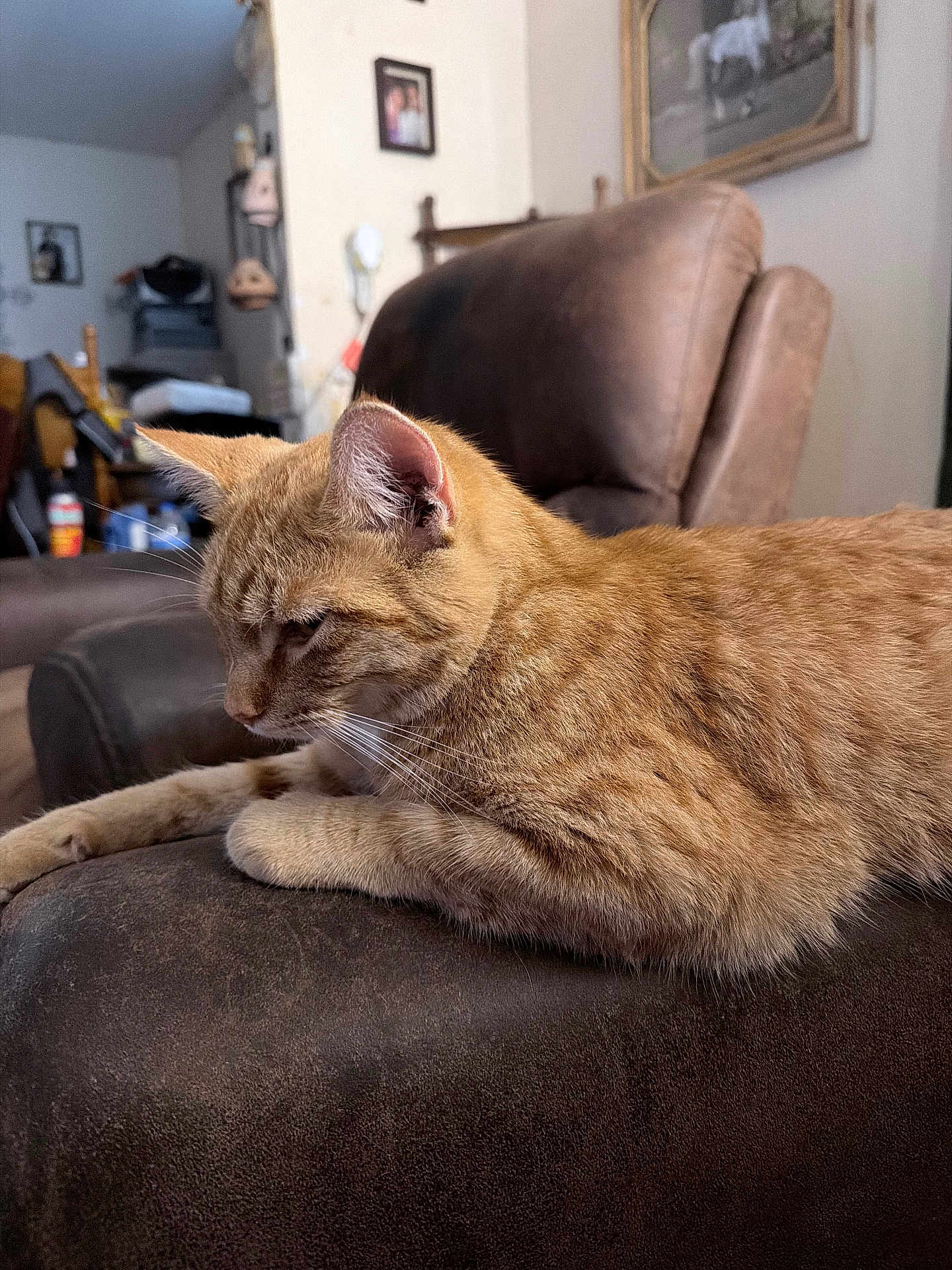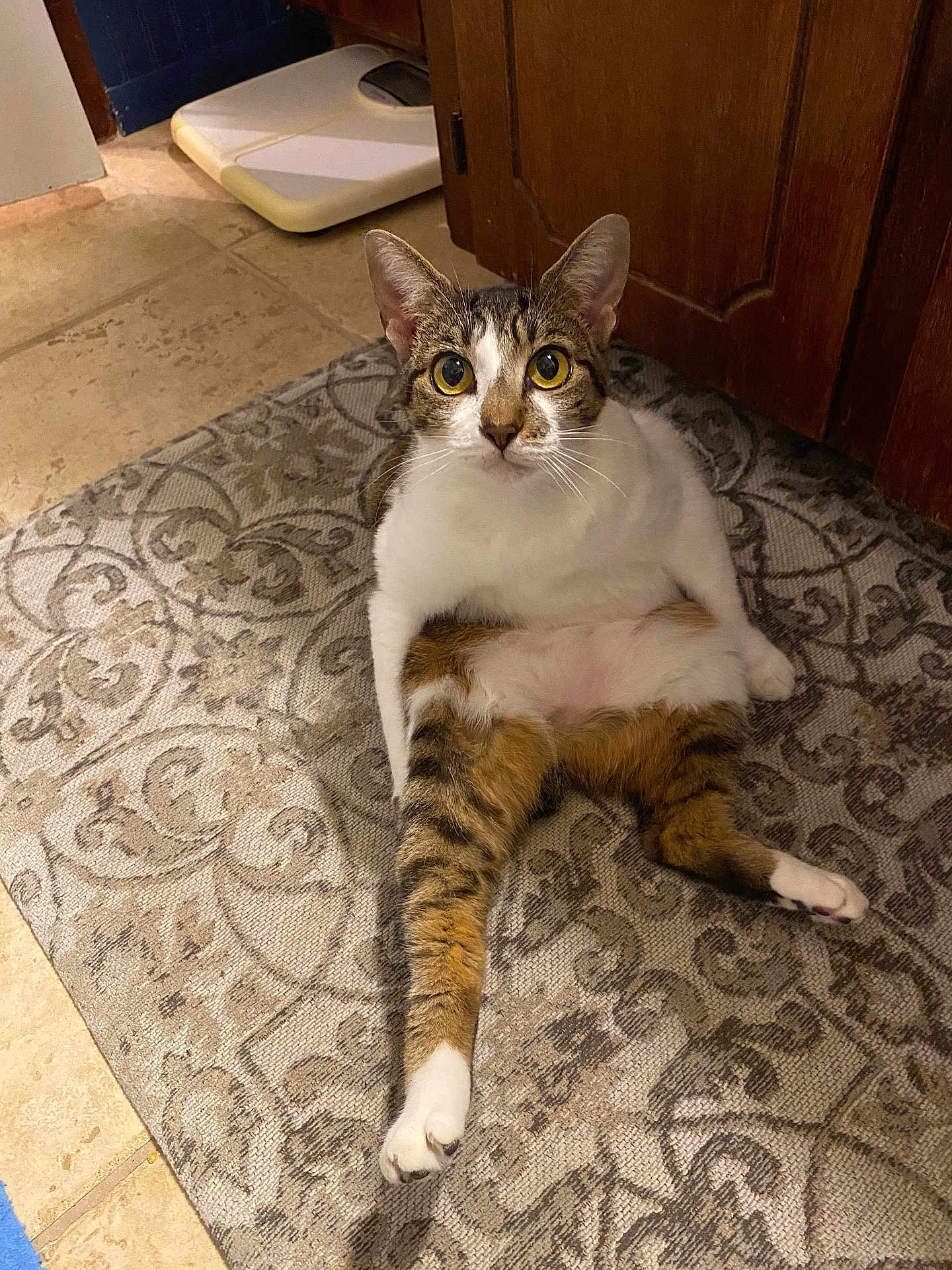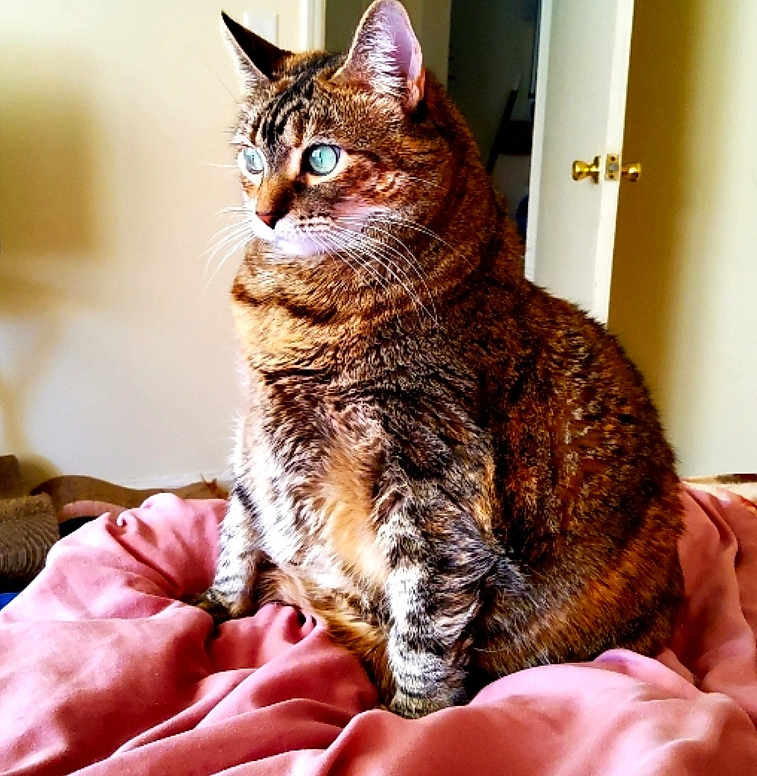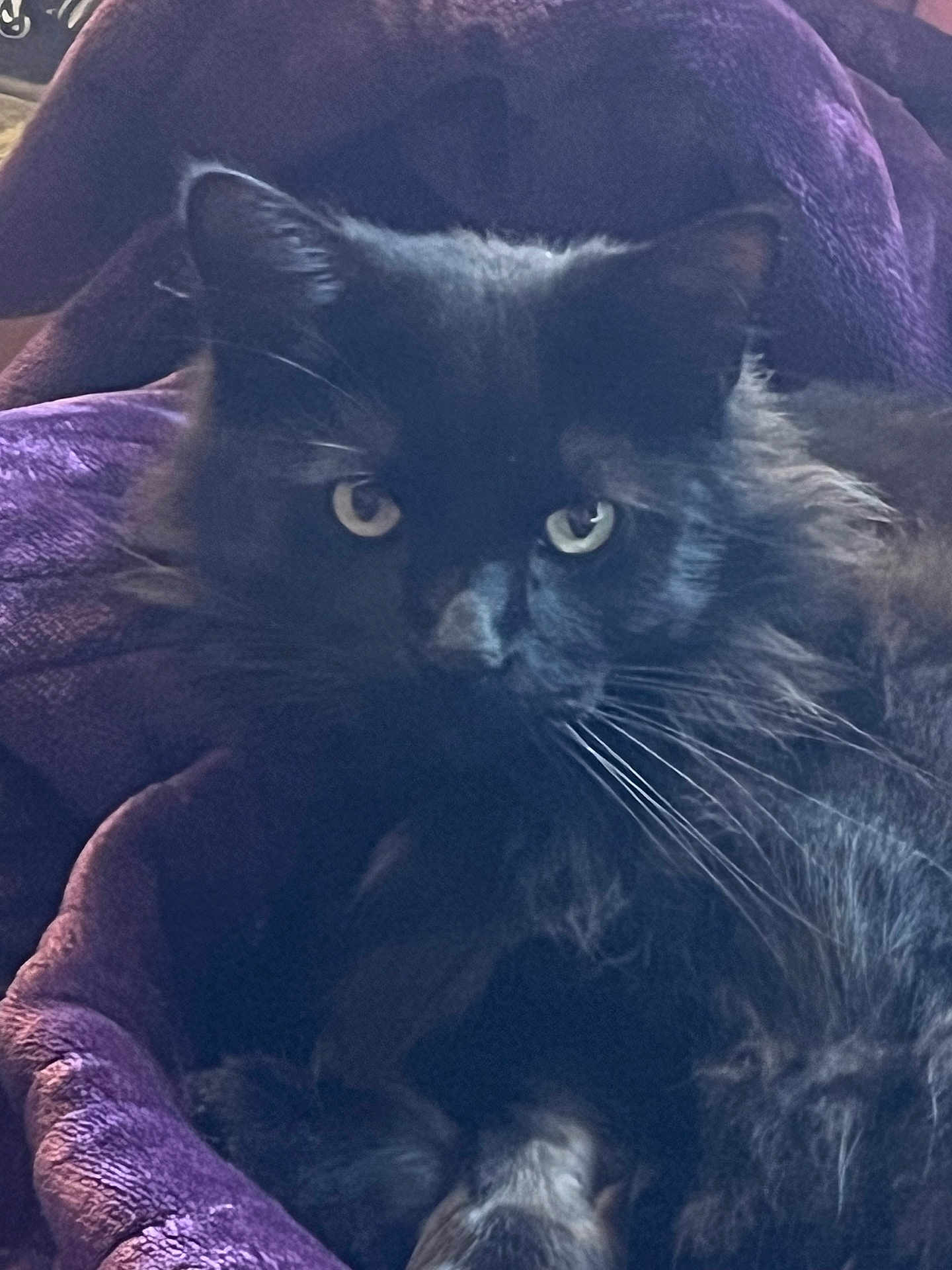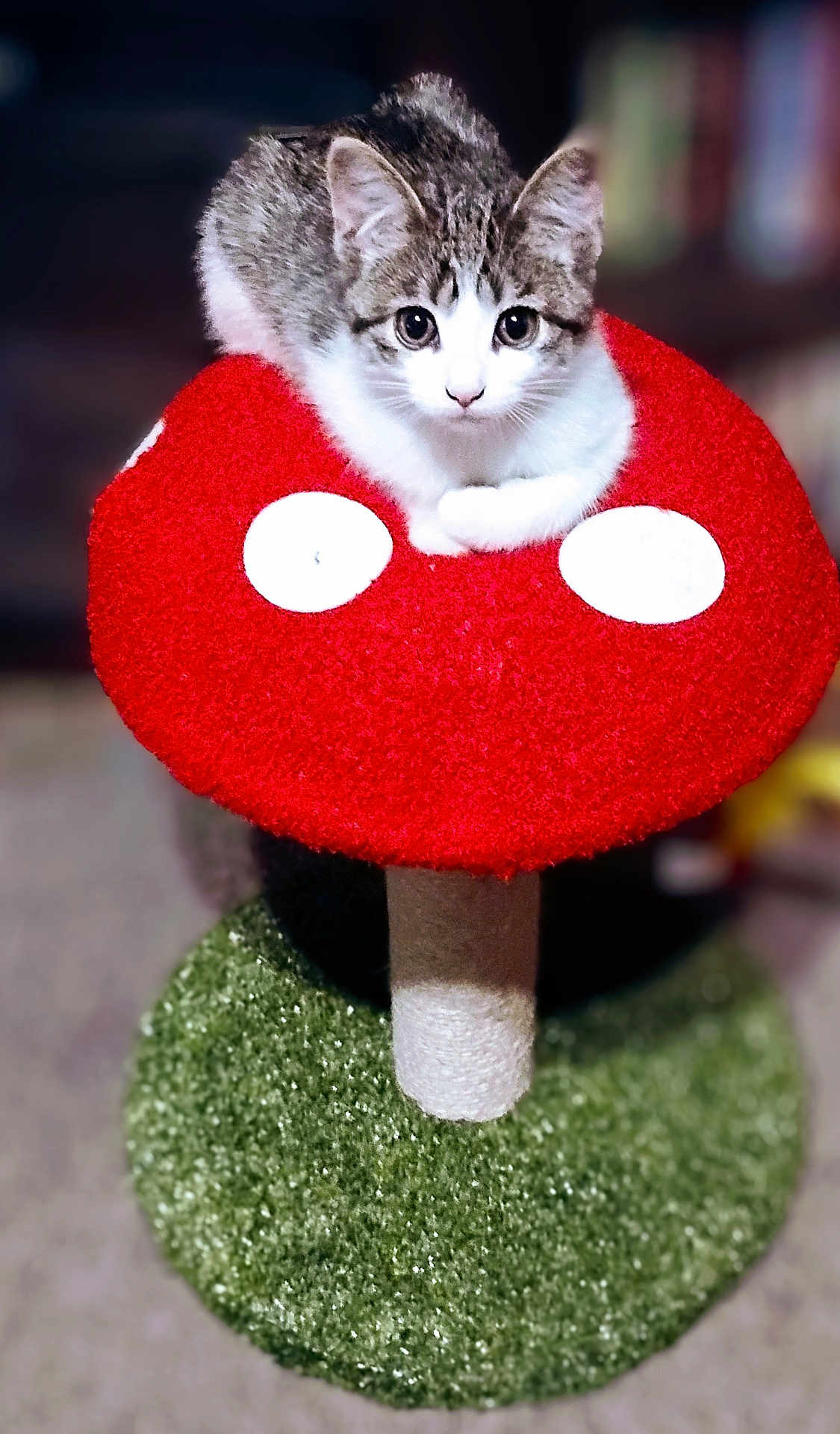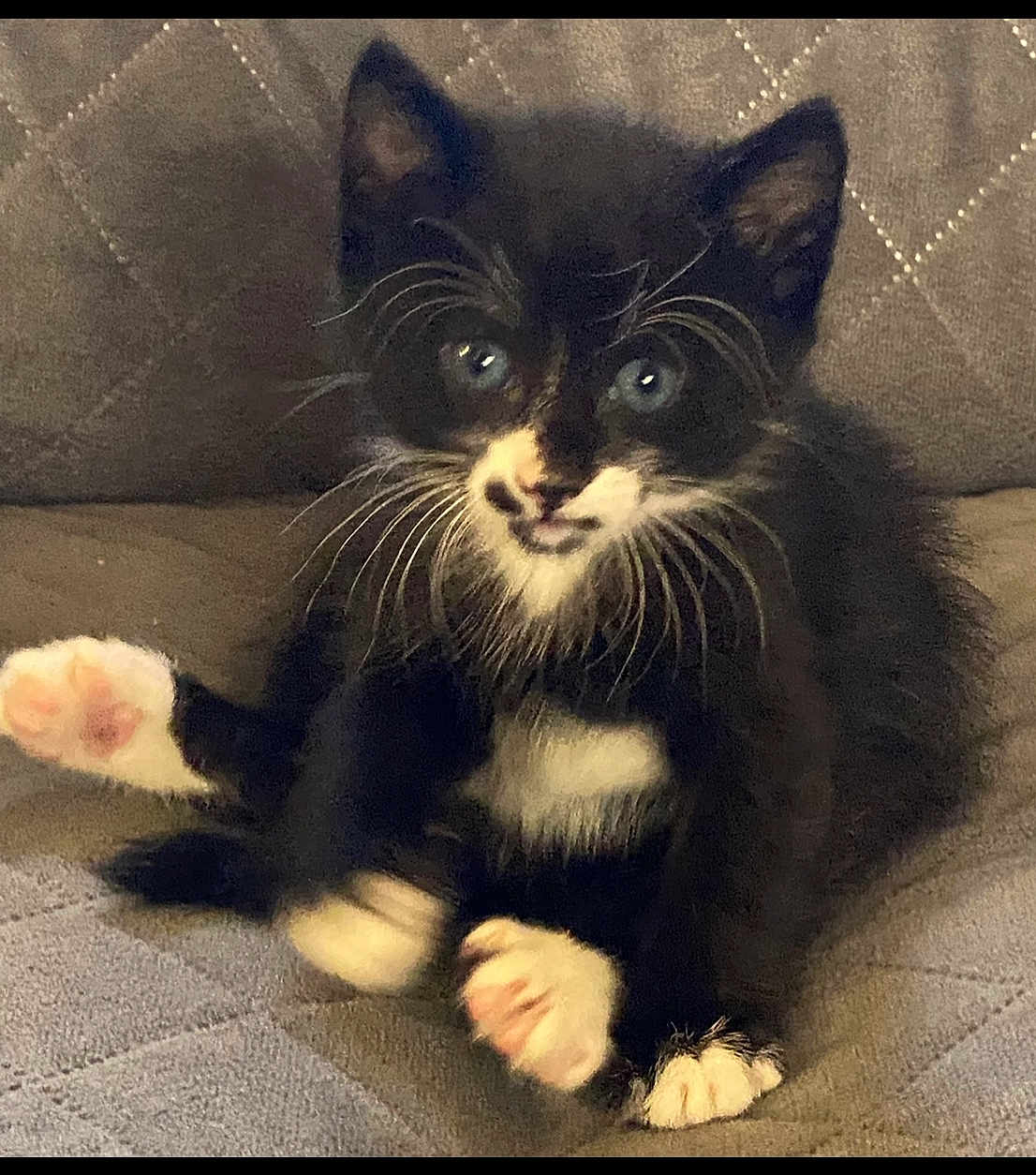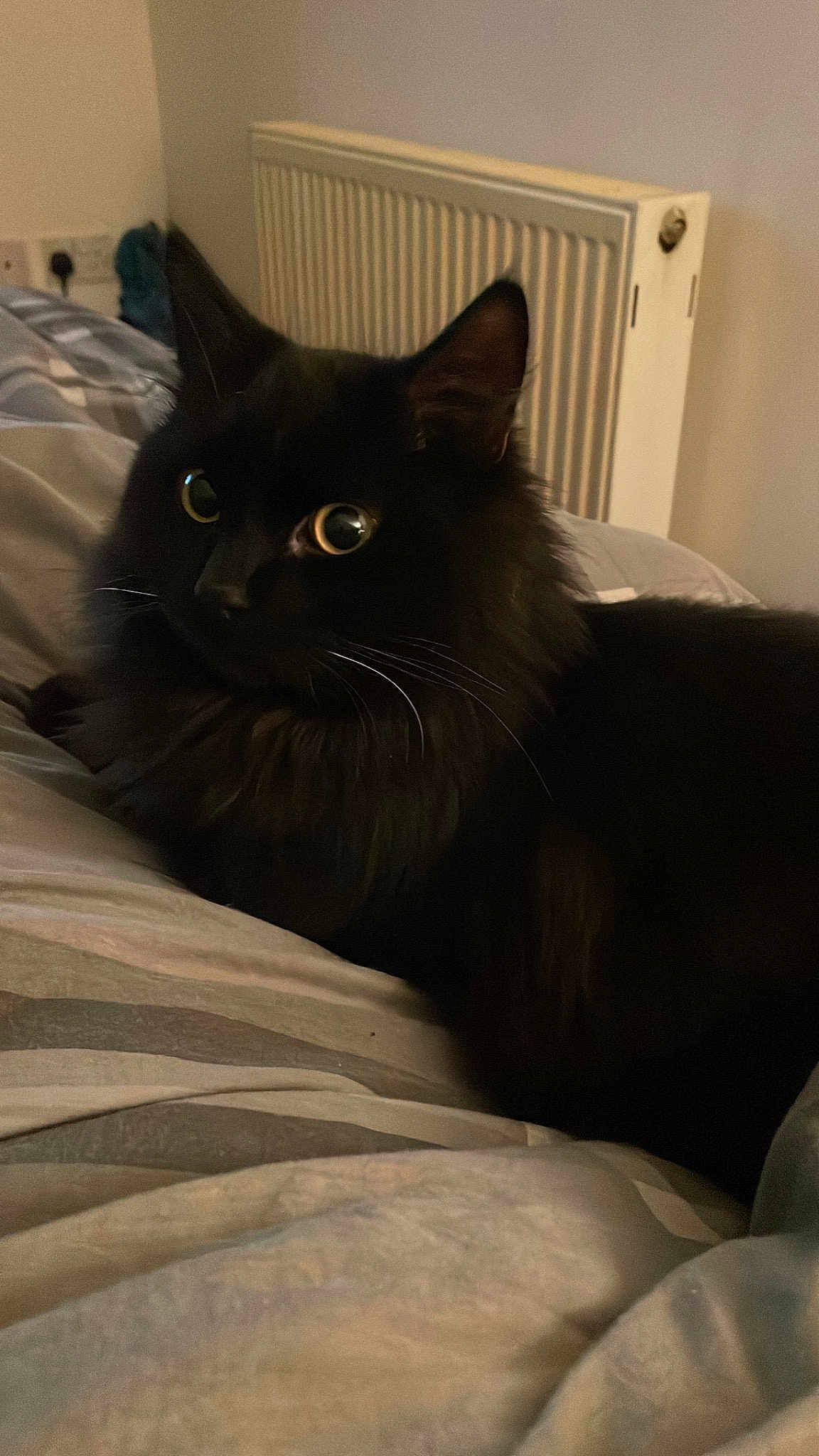
Did you know that the Manx cat is the subject of one of the oldest cat legends? It is said that the Manx was late boarding Noah’s Ark, and as the door was closing, its tail was caught and severed. This intriguing tale is just one of the many captivating facets of the Manx breed.
Personality and Behavior of the Manx
The Manx cat is widely celebrated for its dog-like devotion and playful demeanor. Unlike many other feline counterparts, Manx cats love water, which is a unique trait in the feline world. This, combined with their exceptional hunting skills, makes them exceptional companions in households that enjoy a bit of liveliness.
Manx cats are also known for their robust and affectionate nature. They are sociable and thrive on human interaction, making them an excellent choice for families with children or other pets. Surprisingly agile and energetic, they enjoy interactive play and can easily keep themselves entertained, making them valuable playmates for active individuals.
Additionally, the Manx cat is renowned for its exceptional intelligence. This breed is quick to learn and demonstrates a strong ability to remember what it is taught. Training a Manx can be a rewarding experience due to their keen aptitude for learning new tricks and commands, further endearing them to their owners.
The Manx cat's penchant for water and its outstanding hunting abilities set it apart from other domestic cats, showcasing an intriguing blend of traits that are both striking and utilitarian.
Meanings, History and Origins of the name Manx
The name ‘Manx’ captures the breed's rich historical and geographical importance. The breed originates from the Isle of Man, a small island between England and Ireland. The term "Manx" specifically stems from the Isle's native population, known as the Manx people.
Dating back hundreds of years, the history of the Manx cat is enshrouded in mystery and legend. Genetic studies indicate that the breed mutation responsible for its taillessness likely occurred randomly and was perpetuated due to the isolated environment of the Isle of Man. This isolation allowed for the unique trait to become a defining feature of the breed.
Despite the physical anomaly of being tailless—also known as "rumpy"—or having a very short tail (known as "stumpy"), the Manx does not suffer from major spinal issues that can sometimes affect other breeds with similar traits. The breed's solid history and mythological beginnings make it a fascinating subject for cat enthusiasts globally.
Popularity of the Manx
The Manx cat has carved out a distinctive niche in the world of domestic cats. Although not the most common breed in households, its unique characteristics and historical lore have garnered it a loyal following.
In English-speaking countries, the Manx cat enjoys moderate popularity, especially among those who appreciate its curious blend of canine-like loyalty and feline independence. Its distinct physical attribute—a lack of a full tail—also contributes to its appeal, making it a recurring favorite in cat shows and competitions.
Globally, the Manx cat has a dedicated following, especially in Europe and North America. In places where the breed has been introduced, it tends to captivate cat enthusiasts with its engaging personality and fascinating origin story. The rarity of the breed adds to its allure, often elevating it to a cherished status among pet owners.
Health and Care of the Manx
Taking care of a Manx cat involves addressing a few specific health considerations, given their unique physical traits. The most notable health concern is Manx syndrome, a condition that can affect cats with extremely short tails or no tails. This syndrome can lead to neurological issues, though responsible breeding practices have significantly reduced its prevalence.
Dietary needs for the Manx cat are generally no different from other domestic breeds, but due to their active nature, they benefit from a balanced diet rich in proteins and essential nutrients. Always ensure they have access to fresh water and maintain a consistent feeding schedule to support their energetic lifestyle.
Regular grooming is fairly straightforward, as the Manx has a short to medium-length coat. Brushing once or twice a week can help keep their fur in good condition and minimize shedding. Additionally, routine veterinary check-ups are crucial to monitor their health and prevent any potential issues early on.
Training and Education of the Manx
Training a Manx cat can be both enjoyable and fulfilling, given their high intelligence and eagerness to interact with their human companions. Start training early with basic commands and gradually introduce more complex tricks to stimulate their agile minds.
Litter training a Manx is typically straightforward due to their innate cleanliness and quick learning ability. Consistency and positive reinforcement are key—use treats and verbal praise to reinforce desirable behavior. Interactive toys and puzzle feeders can also keep them mentally engaged and prevent boredom.
Given their playful nature, it is vital to provide the Manx with ample interactive playtime. This not only helps maintain their physical health but also strengthens the bond between the cat and its owner. Engaging in regular play sessions can curb any unwanted behaviors that might arise from pent-up energy.
Selecting the perfect cat breed involves considering various factors, from personality traits and health considerations to lifestyle compatibility and training needs. The Manx cat, with its distinctive traits and rich historical background, offers a unique blend for cat lovers seeking an affectionate and intelligent companion. Regular contenders in KingPet contests, the Manx cat brings together history, charm, and playfulness, making it a delightful breed to welcome into any home. Whether drawn to their mythological roots or their engaging personality, choosing a Manx cat promises an enriching and rewarding pet experience.








